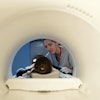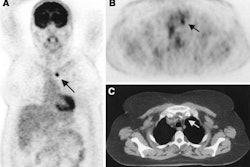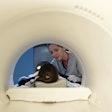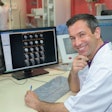Dear AuntMinnie Member,
Hospital radiology departments can successfully address economic pressures by sending outpatient imaging studies to freestanding imaging centers, without any decrease in quality of service. That’s the opinion of imaging economics expert Dr. Thomas Dehn, who spoke on the topic at a conference this week in Philadelphia. Staff editor Erik L. Ridley was there to report on the presentation for our Imaging Center Digital Community.
Dehn is chief medical officer at National Imaging Associates, which provides preauthorization services for managed care clients such as health plans. In his presentation, he discussed the experiences of one of NIA’s health-plan clients, providing an analysis of the plan’s outpatient radiology costs and utilization experiences.
NIA found that per-member, per-month costs in some modalities rose faster than procedure volume. This could mean that imaging procedures are being shifted to facilities with higher costs -- a red flag for any payor. One example is diagnostic ultrasound, which is being taken over by nonradiologist physicians who are buying their own scanners to keep imaging procedures in-house.
NIA's analysis also showed that much of the plan’s increase in spending was due to a shift toward more advanced modalities for routine imaging work. For example, facilities are using more MRI for foot and knee studies instead of plain-film x-ray, he said.
What does the study mean for imaging facilities? Hospitals will probably start steering imaging studies to freestanding centers, where costs are lower, Dehn said. The equipment at such centers has improved over the last decade, so studies can be redirected without compromising quality in most cases, he said.
To get the rest of the story -- and more articles on the business of operating an imaging center -- check out our Imaging Center Digital Community, at centers.auntminnie.com.


















